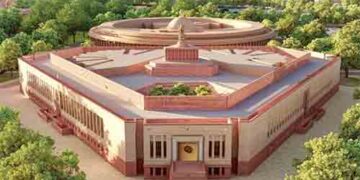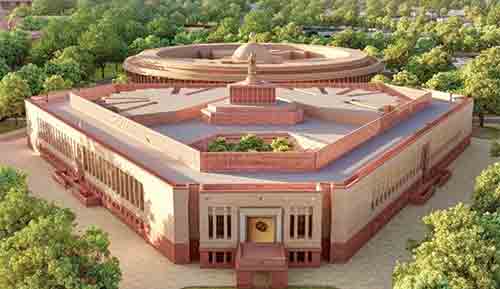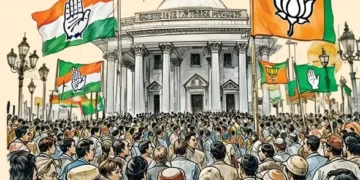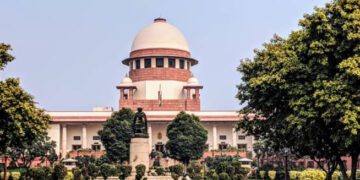Blitz Bureau
NEW DELHI: India’s reservation debate is no longer just about numbers—it is about fairness, focus, and the future of equality.
Constitutional Promise and Judicial Boundaries
The Indian Constitution guarantees equality through Articles 15 and 16, while also permitting “special provisions” for historically disadvantaged groups. Over decades, the Supreme Court has shaped this balance, most decisively in Indra Sawhney (1992), which capped reservations at 50%, except in extraordinary circumstances. That principle was reaffirmed in 2021, when the Court struck down Maharashtra’s Maratha quota. Yet, the introduction of the 10% quota for Economically Weaker Sections (EWS) in 2019, upheld in 2022, demonstrated that Parliament and the judiciary remain open to carefully crafted exceptions.
Shifting Landscape: Sub-Classification Gains Ground
In a landmark 2024 ruling (State of Punjab v. Davinder Singh), a seven-judge bench allowed sub-classification within SC and ST quotas, overturning a two-decade-old precedent. This recognition means governments can carve out sub-quotas for the most marginalised among disadvantaged groups, ensuring that the benefits of affirmative action are not monopolised by dominant sub-castes. For OBCs, the Rohini Commission has already documented that 97% of reserved jobs and seats went to just 25% of OBC sub-castes, while nearly a thousand communities saw no gains at all—strengthening the case for internal redistribution.
Data on the Ground
The numbers tell a mixed story. In higher education, enrolment has risen sharply: 66 lakh SC students, 27 lakh ST students, and over 1.6 crore OBC students were enrolled in 2021-22, marking significant growth since 2014-15. In central government recruitment, OBC representation now consistently meets or exceeds the mandated 27%. Yet, parliamentary committees continue to flag the need for clearing backlog vacancies and ensuring accurate reporting, indicating that formal quotas do not always translate into real representation.
Political Pressures and Legal Tests
Across states, demands to breach the 50% ceiling are intensifying. Maharashtra has revived the Maratha quota under a new law, which the Bombay High Court has provisionally allowed while the Supreme Court examines its validity. Tamil Nadu continues to defend its 69% quota shielded under the Ninth Schedule, though the Court has made clear that even such laws remain reviewable. Other states, including Telangana and Jharkhand, are pressing for enhanced quotas based on caste survey data. Each push revives the tension between political demands for inclusion and the judicially enforced ceiling of equality.
Blitz Views
The core dilemma remains unresolved: should India lift the 50% cap to accommodate new claimants, or should it focus on ensuring that existing quotas benefit those most in need? The judiciary has signalled caution, warning against excessive reservation, yet it has also recognised that formal equality cannot undo centuries of exclusion.
The debate, then, is shifting. It is no longer about how high the reservation percentage can go, but about who within these communities actually benefits. With caste survey data becoming more available, the future of reservation may lie less in breaching the ceiling and more in building a data-driven, targeted system that delivers justice without undermining opportunity.































